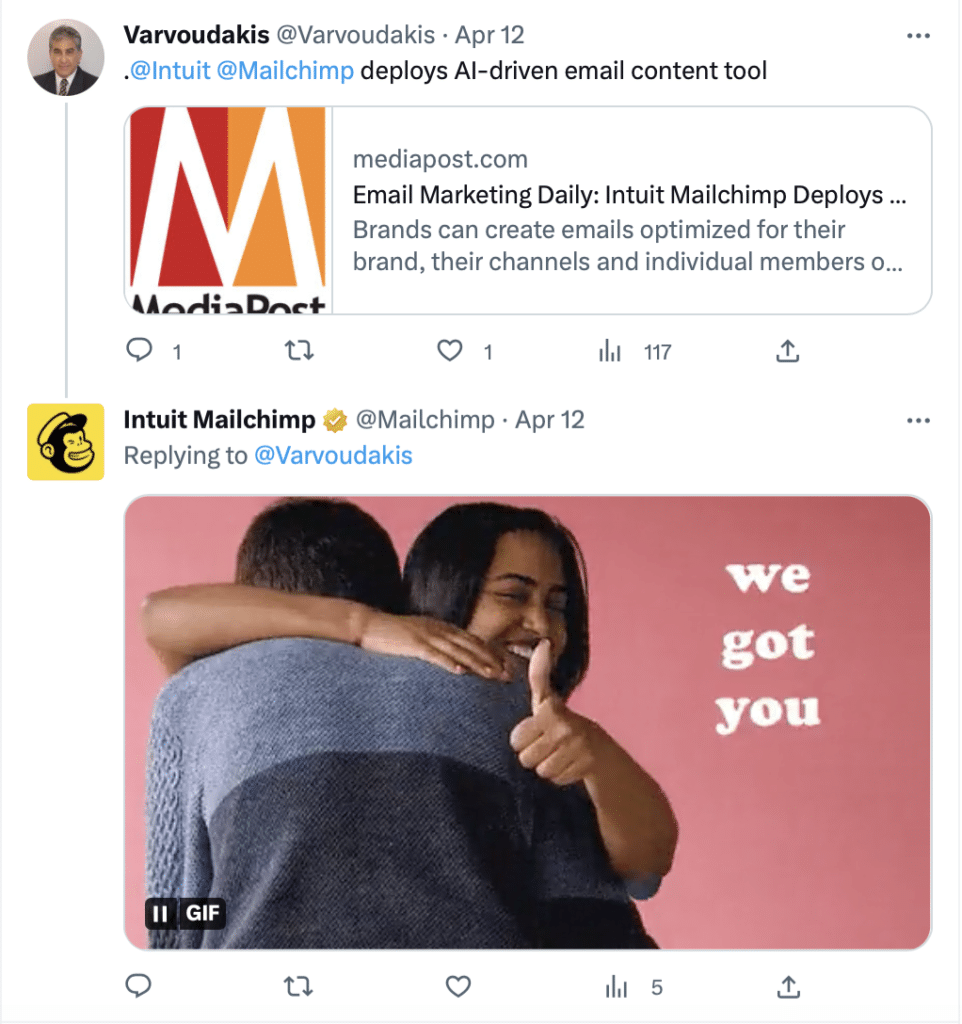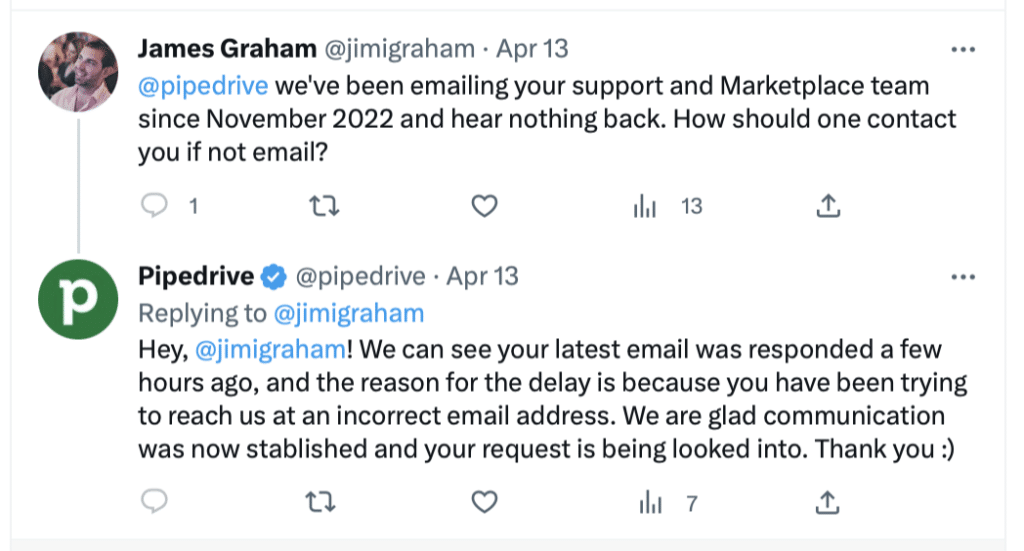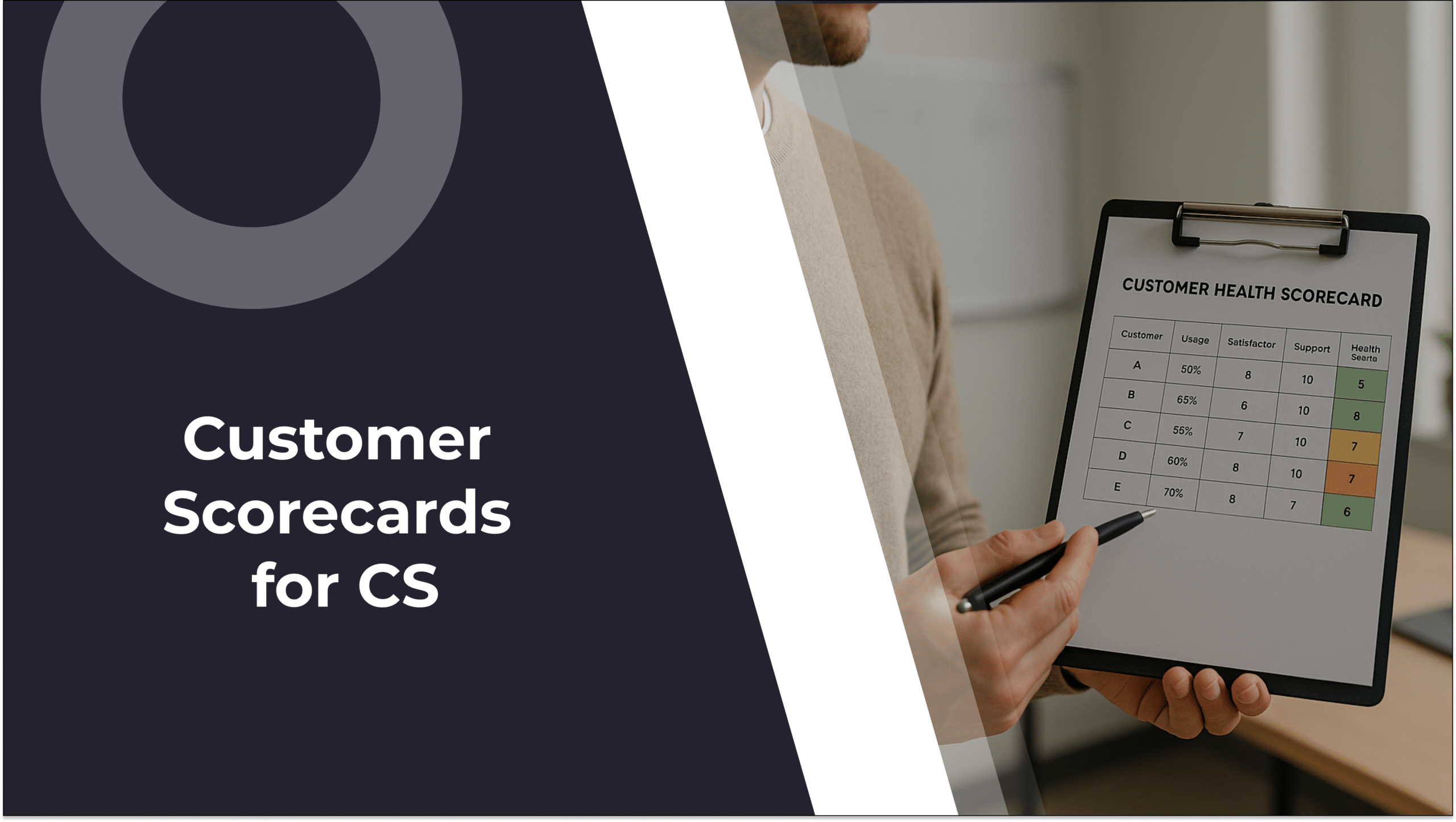Being a mature company or a startup, you should treat your social media as something other than a platform to disperse promotions. You should use social media to identify what the audience says and how it feels about your brand.
Monitoring and perceiving the online presence can impact strategic business decisions and customer success. This is when social listening comes into play.
In this post, we’ll explore the idea of social listening and how it can improve your customer satisfaction rates and communication with the audience.
What Is Social Listening?
Social listening is analyzing what is being said about your brand online.
Social listening means tracking keywords related to your product on social media and within online communities. It involves checking (‘listening to’) what people say about you as a company and product.
People’s opinions can be not only positive. You may deal with negative comments. The point here is not to get defensive or cut criticism. Instead, social listening helps you to understand how you can improve your offering.
Besides, you can gain insights into your brand and industry. Also, you can interact with customers and assess customer satisfaction. The audience will tell you what is special about your product or marketing campaigns.
This way, it becomes much easier to:
- Identify market trends
- Measure event success
- Check reactions to a new feature launch
- Refine UX/UI flows
- Check opinions about your competitors
All these can help you satisfy your current customers and attract new ones.
Social Listening and Monitoring: The Difference
You might feel that social listening and monitoring are the same. However, that’s not quite true.
Social monitoring is all about checking your brand mentions, reviews, engagement, and hashtags. Plainly, it’s about gathering brand-related information online.
Meanwhile, social listening looks beyond that data. It gives you a more strategic overview of your brand’s online presence and image in correlation to competitors and industry trends.
So, with social listening activities, you don’t just gather brand mentions. You analyze what’s happening in your industry and what customers say about your competitors. It’s also about proactively participating in relevant conversations and learning from them.
You can use social monitoring tools for social listening needs. But it’s not about how you collect data, but what you get from it and how you use it to engage and satisfy customers.
Overall, social listening and monitoring are often used together. They are equally important to obtaining customer insights.
4 Benefits of Social Listening for Customer Satisfaction
After understanding the essence of social listening, it’s time to recognize the impact of this activity on customer satisfaction. There are four key benefits of social listening to be explored in this section.
Better Understanding of Customers
Understanding your audience is vital for long-term customer relationships. That’s why 51% of marketers use social listening to understand customer needs.
With social listening, you can gain insight into your customers’ true sentiment about your product. You can compare this to what customers say about other products from the niche.
Making Your Customers Feel Seen
Customers want to feel like the brand they’re invested in cares about them. With social listening, you can identify the best opportunities for interacting with your customers and making them feel well-cared for.
You can respond to mentions, join discussions, give extra information, and recognize people’s pains. By doing so, you can benefit both your current customers and potential leads.
Check out a simple example of not missing an opportunity to engage with a user:

Source: Twitter
Even an easy-going interaction with a user who tagged your account is a form of social media engagement.
Social monitoring and listening allow you to engage with your new users, loyal customers, and potential clients. This can influence customer satisfaction levels.
Proactively Mitigating Negative Feedback
When having a problem with a brand, it’s common for customers to turn to social media to complain. Social listening can help you identify and respond to negative feedback before it sours your customers’ opinions about your brand.
Whenever you encounter negative feedback, you should respond promptly to keep the customer satisfied. Dealing with various types of customer feedback allows you to refine your customer service.
You should remember that people who complain can be an opportunity for your brand. By actively checking those complaints, you should guide people through their pain points with your services.
Here’s a scenario: a customer signed up for your product, but it didn’t solve their problem. The user then wrote a negative tweet about you. You should reach out to the customer and listen to their opinion and pains. Ideally, you can offer a solution using your tool if applicable.
Check out this real-life example:

Source: Twitter
Enhancing Brand Reputation
Imagine a bad product review goes viral, affecting your brand reputation. Social listening here can be invaluable.
Because checking relevant threads and people’s opinions can give insights into the source of the problem. Meanwhile, responding publicly to the issue demonstrates that the brand is for its supporters.
In parallel, it’s worth checking what your competitors do online and how they interact with your audience. Brands should be bold enough to jump into these conversations, similar to classics like Pepsi vs. Coke.
Niche influencers can impact your brand as well. You should listen to what they say about the field, competitors, and you. There’s a possibility of developing a relationship with them. Over time, you can turn this relationship into a partnership.
Also, you should look for advocates and promoters of your brand. Invite them to collaborate with your business.
How to Start with Social Listening
You know the importance of social listening and its impact on customer satisfaction rates. It’s time to move on to explore how you can start with social listening.
To begin, you need to answer the three following questions.
What Should I Measure?
Short answer: Choose a platform(s), key objectives, and the right tool for the job.
Pulling data from all available sources might seem like a good idea. However, it could overwhelm you and the entire process with records that may be irrelevant.
So think about which channel holds the most valuable data for your business. Find out where most of your audience is or where they’re conversing and pull the data from there.
For example, if you’re a B2B SaaS business, LinkedIn might be a relevant option. So choosing the most working platform is important.
Once you’ve decided on the best platform for you, it’s time to choose the right social listening tool for the job. Some of the most popular solutions include:
- HubSpot — a versatile CRM tool that offers a wide range of customer service features, including social media listening & monitoring functionality.
- Sprout Social — a powerful social media management software that offers a dedicated social listening module.
- Buffer — a social media management tool that’s aimed at small businesses.
- TweetDeck — a dashboard-type application that’s purpose-built for managing Twitter accounts.
- Hootsuite — a versatile social media management tool that integrates with the most popular social networks and offers a wide range of proprietary applications.
After you set up your social listening tool, you’ll need to determine the exact items that you’ll be tracking with it. These can include:
- Brand names
- Topics
- Industry terms
- Specific keywords
- Social media hashtags
- Tags and mentions
From these queries, you’ll find useful insights by focusing on:
- Brand reputation: You’ll understand the overall market feeling around your brand name.
- Field/niche/industry: You’ll learn more about your rank compared with similar businesses and how to develop your product in the future.
- Competitors: You can analyze what they’re doing, so you can stay ahead of the game.
- Social media key audience: You can create a better content strategy that works best according to social media trends.
You may create goals in each segment or choose a set of goals in a single one. What matters most is choosing the platform, setting goals, and implementing them. Measuring everything at once may not provide valuable insights but overload you with data.
How Should I Measure?
Short answer: Based on the goals set, consider the flow for collecting data: manual, using one tool, or a set of tools.
You can do social listening without social listening tools, but they make it much easier. With social listening tools, you can speed up the process. Also, you won’t lose yourself in different spreadsheets since everything is streamlined.
Once you’ve established your goal and know what data you’re looking for, you can compare those needs to the features of the social listening tools you’re considering.
Therefore, to choose the best technology that will fit your strategy, consider a tool that provides:
- Executive summary: High-level insights for periodic reporting. This information lets you know at a glance what’s happening with your brand’s online reputation over a given period.
- Comparisons: Get a voice share comparison among media channels and content topics.
- Recommendations: Look for a social listening tool that advises improving your brand reputation.
- Context: Rather than just looking at data in a vacuum, provide related information (date, occasion, screenshot, account, etc.). You won’t lose the context with time.
So, you need to understand how you’ll be collecting data and conducting social listening to save time, resources, and for the sake of accuracy that’s needed for the analysis – a next step.
What Should I Achieve?
Short answer: With the help of analytics, you’ll get insights and a solid understanding of how to proceed with social media and your online presence.
Once everything is set up and data is collected, the remaining step is to measure the success of your social listening strategy against the goals you have set.
Here, there is no room for guesses. To ensure the endeavor’s success, it is a must to carefully evaluate the collected data. By this, you’ll see patterns and leverage decision-making.
Thus, as long as the social listening work is done consistently, you will be able to easily tell:
What’s missing from your digital presence strategy
What you should change
What needs to remain the same
A social listening and monitoring tool can help you with visualization. Alternatively, you can use third-party solutions to store and apply data. For example, using Looker Studio or Tableau, you can visualize your findings for better understanding. You can also export Tableau records to spreadsheets as a backup option. You can use this data in the future for long-term evaluation.
In parallel, recent advances in machine learning have enabled intelligent analysis of content. This progress allows companies to investigate a broader range of customer opinions. By doing so, you can identify specific triggers like brand color perception or others.
After careful analysis, you’ll achieve a clear picture of what people say about your service. Most importantly, you’ll see the space for improvement.
Social Listening and Customer Satisfaction: Highlights
In conclusion, social listening is a solid solution to understanding your customers, product, and niche. By that, you can engage your customers and keep them satisfied.
Social listening will provide real-time, candid feedback on all brands, which is superior to public polling. In addition, it is a cost-effective strategy that offers several advantages:
- Brand health: The measurement of customer satisfaction with your company
- Industry insights: Analyzing trends and perceptions within your industry
- Opportunities: Ways of improving customer satisfaction
- Competitiveness: A clearer understanding of your competitors
So if you’re not already doing social listening, it’s time to get started and see the benefits for yourself!




